Here are some of the most amazing and interesting puffer fish facts for kids including facts about puffer fish diet, habitat, behavior, physical appearance and reproduction. Puffer fish (Tetraodontidae) belongs to the family of Tetraodontiformes is referred to as estuarine fish. The family comprises numerous species that are known as puffers, pufferfish, blowfish, globefish, toadies, honey toads, bubblefish, and balloonfish, sea squab, and sugar toads. Pufferfish are morphologically similar to the porcupinefish and have greater spines. With its large teeth, pufferfish crush the strong shells of mullusks and crustaceans.
They are by far the second most poisonous vertebrates in the world, comes after the golden poison frog. The specific organs of pufferfish are rather more toxic than the rest of the parts which is why they’re not mostly eaten by animals however, the meat of few species is considered to be a delicacy in Japan. There are around 120 species in the family with extensive diversity in the tropical and temperate regions but they’re widely absent from the cold waters. Pufferfish are normally medium-sized species although a very few can grow to size equal to or greater than 100 cm.
Interesting Puffer Fish Facts For Kids
- With the help of their exclusive and natural defenses, puffins are able to make up for its slow locomotion. It maneuvers by joining anal, caudal fins, pectoral and dorsal. However the maneuverability is often too slow to evade predators. It’s tail fin is primarily employed as a wheel, but it can be used for a rapid short burst of speed.
- The puffer fish has an excellent eyesight and with the help of its speed burst it becomes an important defense against the potential predators.
- All these fish have sharp spines so a potential predator might find it inedible pointed ball. The predators that do not respect puffer fish for its poisonous features may end up die.
- Except few, most of them are poisonous and therefore inedible. Fugu puffer, for example, is not poisonous as the level of toxin differs than the other puffer fish. However despite the poisonous instincts, they are the regular diet of large species including tiger sharks and lizardfish.
- One of the unique qualities of puffer fish is that they are capable to maneuver their eyes and more importantly independently.
- Several puffer fish species are also adept to alter their colors together with the intensity of their patterns in response to environmental changes. They’re probably comparable to the terrestrial chameleon.
- Most of the species have dazzling colors along with typical markings. They do not try to hide from the potential predators. Aposematism is one of them.
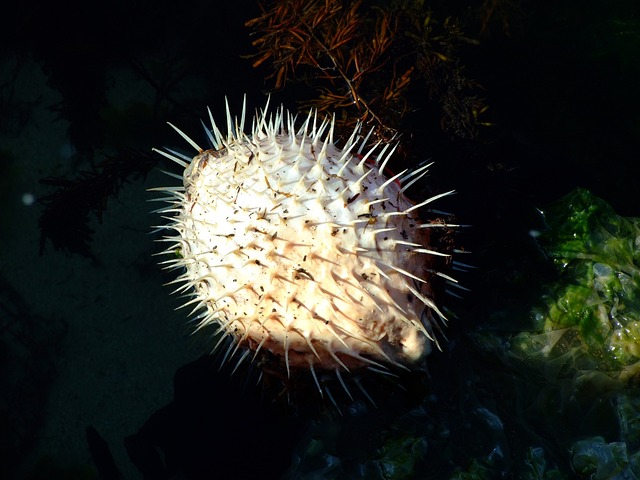 Where Do Puffer Fish Live
Where Do Puffer Fish Live
The majority of the puffer fish inhabits in the estuarine waters and inshore and according to an estimate more than 25 species are known to live their entire lives in freshwater. They are also found in disjunct tropical zones of South America, Southeast Asia, and Central Africa.
Reproduction | Pufferfish Facts For Kids
- Spawning takes place when males gradually push females to the surface of water or connect with already-present females.
- Most of these species are considered to be pelagic.
- The period of hatching lasts for about 4 days.
- The shape of the eggs is spherical.

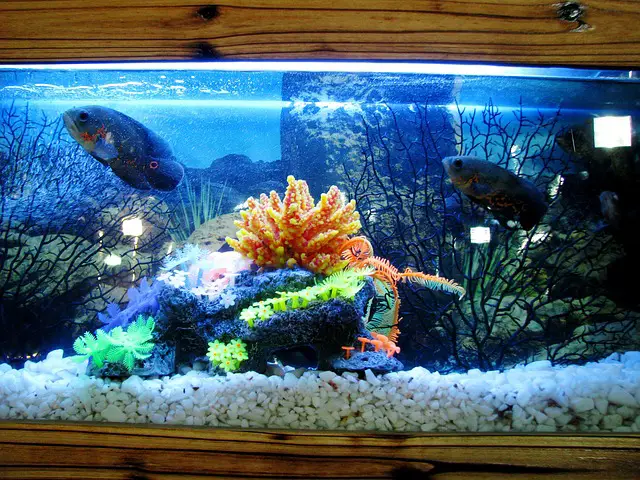
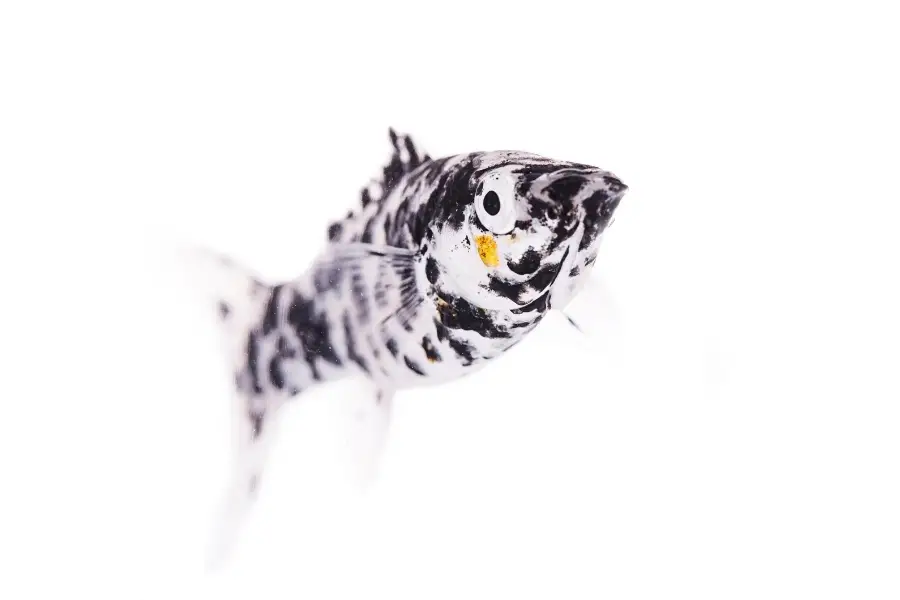
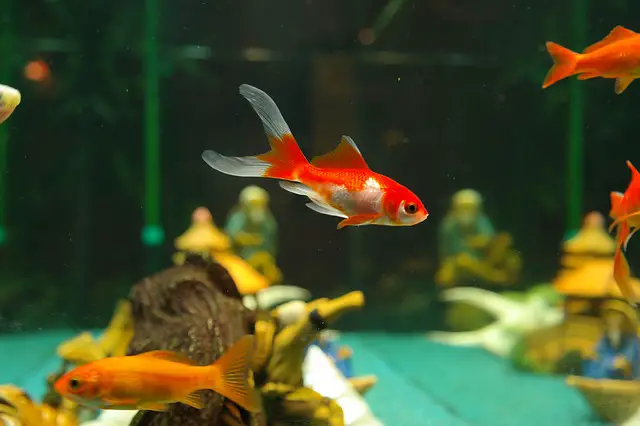
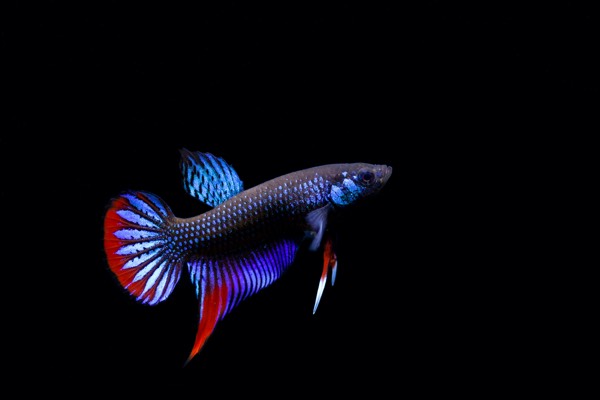
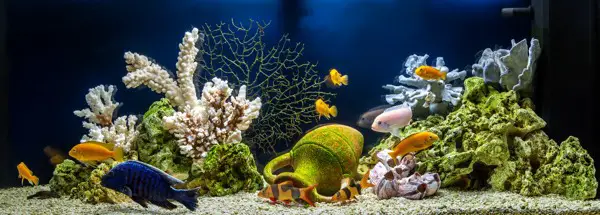
well i need to know more information about pufferfish well maby alot
I need a lot more information about them for homewrk
does the puffer fish interact with any other species, every species is either a predator/prey/both.
this is really informatinal for my child